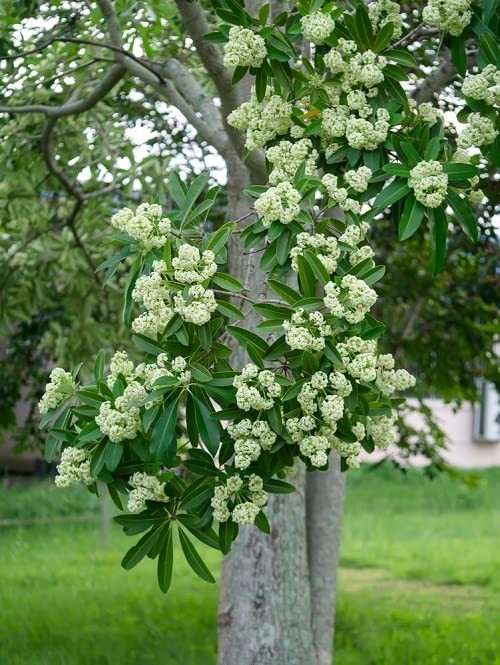Supreme Court (SC) recently said that the government cannot acquire and redistribute all privately owned properties.
References
A recent report says that World Health Organization’s database on polio, like wild poliovirus and vaccine-derived poliovirus cases hides more than it reveals.
India was declared polio-free in 2014 by the World Health Organization (WHO).
Reference
Polio Virus | Vaccine-derived poliovirus
Orphan drugs have increasingly gained attention in India following the implementation of the National Policy for Rare Diseases (NPRD) in 2021.
Orphanet is a resource that allows users to search for orphan drugs by disease name or substance name.
Reference
3 children of Yanadi tribe who went missing from their homes at Kalekhanpeta in Machilipatnam were traced recently.
Reference
Cyclone Dana’s heavy showers led to Chhatim trees (Alstonia Scholaris) shedding the flowers that have a strong fragrance recently.

Reference
Times of India | "Chhatim" trees (Alstonia Scholaris)